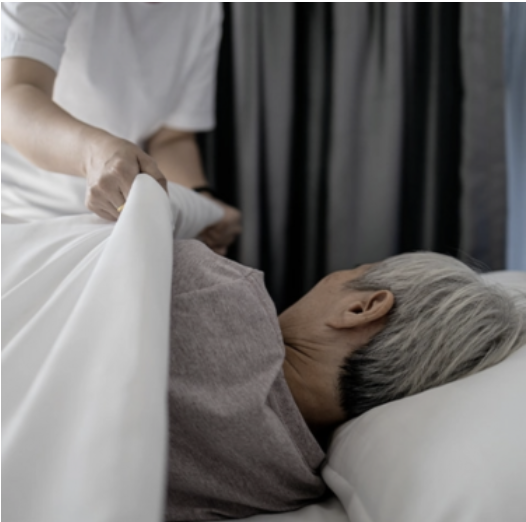Accueil >
Elderly Health Care > Other Age-Related Health Conditions
As seniors age, mobility challenges become more common, increasing the risk of falls and injuries. Retirement homes in Ontario are designed to provide a safe and supportive environment for residents with mobility issues, incorporating specialized care, physical therapy, and safety measures to reduce fall risks. This guide explores how retirement homes address mobility concerns, implement fall prevention strategies, and ensure the well-being of their residents.
 Understanding Mobility Challenges in Seniors
Understanding Mobility Challenges in SeniorsMany seniors experience mobility issues due to aging, chronic illnesses, or previous injuries. Some of the most common causes of mobility decline include:
Addressing these challenges requires a combination of medical support, therapy, and environmental modifications.
Falls are a leading cause of injury among seniors, making fall prevention a priority in retirement homes. Facilities in Ontario implement various strategies to keep residents safe.
Senior living facilities in Ontario offer different levels of mobility support based on residents’ needs.
| Type of Retirement Home | Mobility Support Services | Best Suited For |
|---|---|---|
| Independent Living Communities | Basic fitness programs, walking trails, social activities | Seniors with minimal mobility issues |
| Assisted Living Facilities | On-site physiotherapy, caregiver assistance, mobility aids | Seniors needing occasional support with walking and balance |
| Memory Care Units | Supervised movement, secure spaces, fall prevention programs | Seniors with dementia or Alzheimer’s at risk of wandering |
| Skilled Nursing Homes | Rehabilitation, fall prevention therapy, full-time assistance | Seniors with significant mobility challenges or medical needs |
| Rehabilitation Centers | Intensive physiotherapy, post-surgery recovery programs | Seniors recovering from falls, strokes, or surgeries |
When selecting a retirement home for a loved one with mobility concerns, consider the following:
Retirement homes use non-slip flooring, grab bars, mobility aids, emergency response systems, and supervised exercise programs to reduce fall risks.
Most facilities provide balance training, strength exercises, physiotherapy, aquatic therapy, and post-surgery rehabilitation programs.
Yes, many assisted living facilities and skilled nursing homes are fully wheelchair-accessible and provide caregiver support for mobility needs.
Most assisted living and nursing homes have 24/7 emergency response teams, fall detection alarms, and on-call medical staff.
Yes, facilities must comply with Ontario’s Retirement Homes Act, ensuring safety protocols, emergency procedures, and staff training in fall prevention.
They provide rehabilitation programs, post-surgery physical therapy, and customized exercise plans to help seniors recover.
Key features include ramps, grab bars, non-slip flooring, wheelchair-accessible hallways, and emergency call buttons.
Families should visit the facility, ask about therapy programs, meet with caregivers, and monitor their loved one’s mobility progress.
Caregivers provide walking assistance, transfer support, medication management, and supervised therapy sessions.
Facilities offer daily exercise classes, walking programs, chair yoga, tai chi, and recreational activities to keep residents mobile and engaged.
Retirement homes in Ontario prioritize mobility support and fall prevention to ensure seniors remain safe, active, and independent. By incorporating physical therapy, safety modifications, caregiver assistance, and emergency response systems, these facilities help residents maintain their quality of life while reducing the risk of injuries.
Families should carefully evaluate a retirement home’s mobility services, safety measures, and therapy programs to choose the best environment for their loved ones. Investing in the right care ensures seniors receive the support they need while continuing to enjoy an active and fulfilling lifestyle.
Don't hesitate to contact us at 343 309 5289. We can help you choose the right establishment for you and assist you in your search.

Find a suitable senior residence